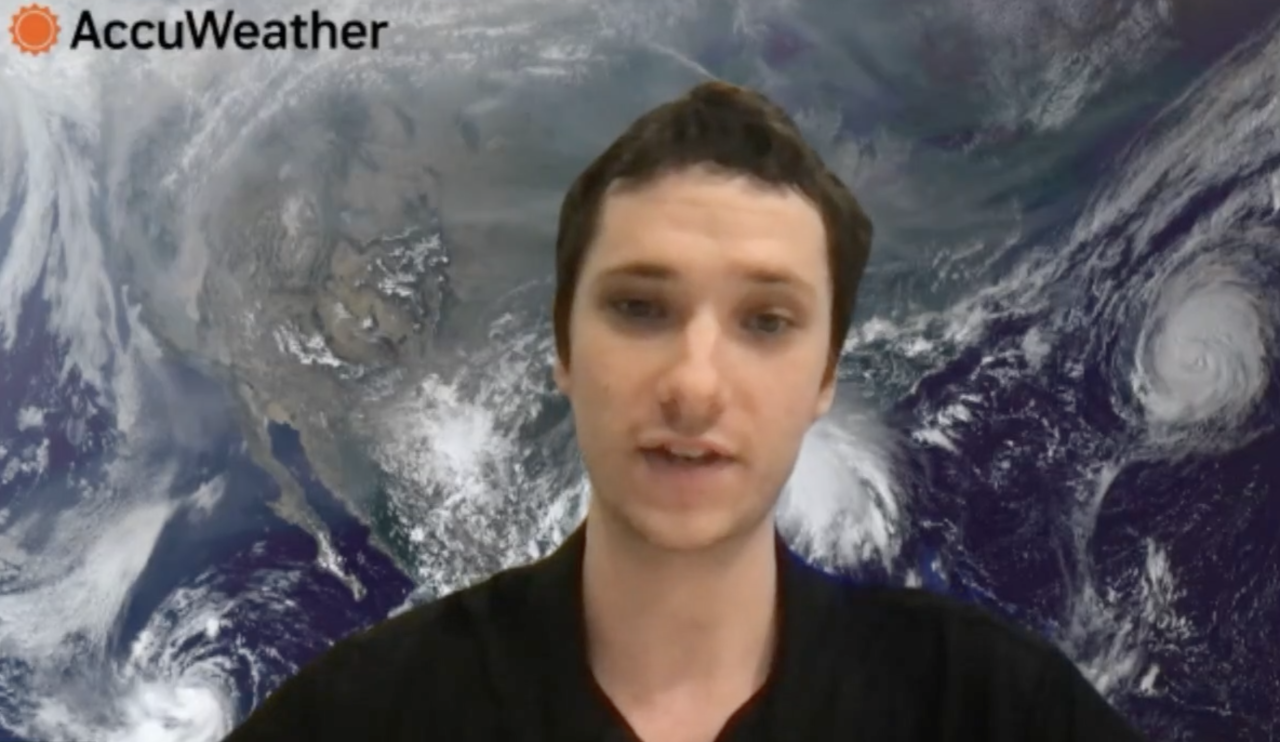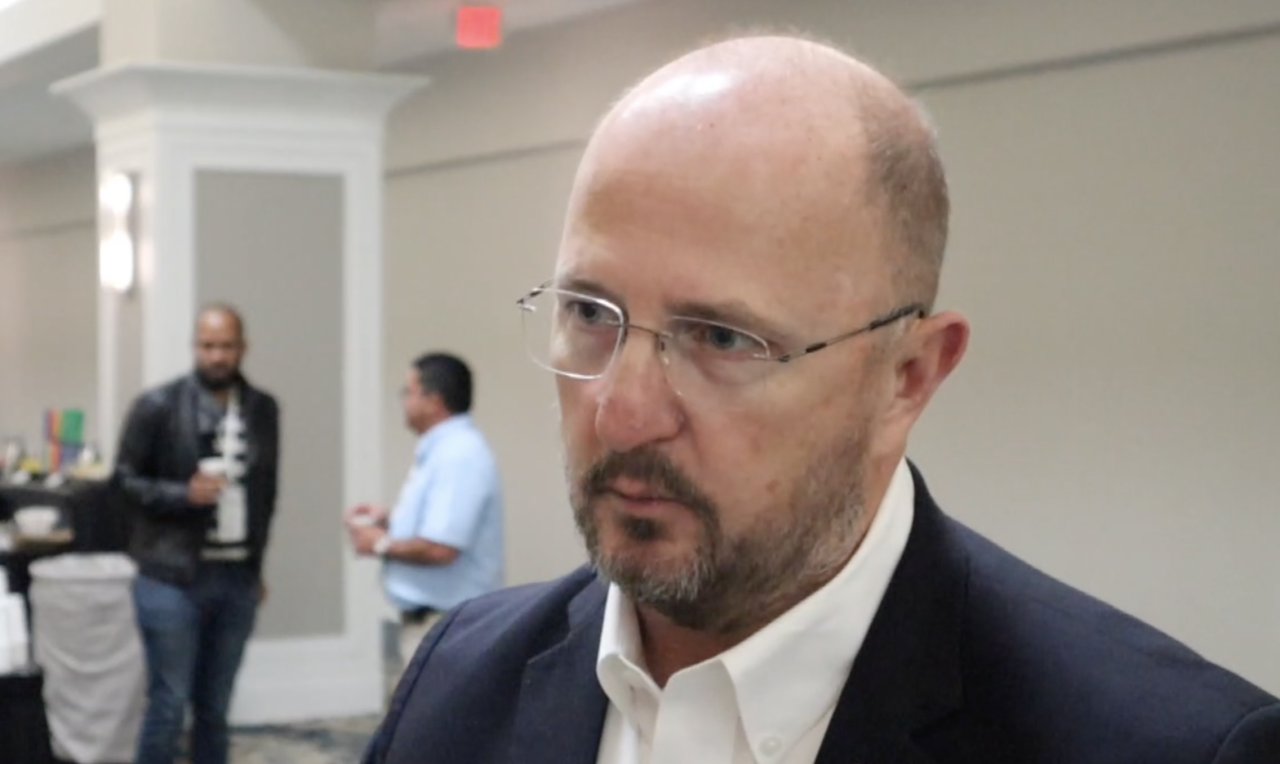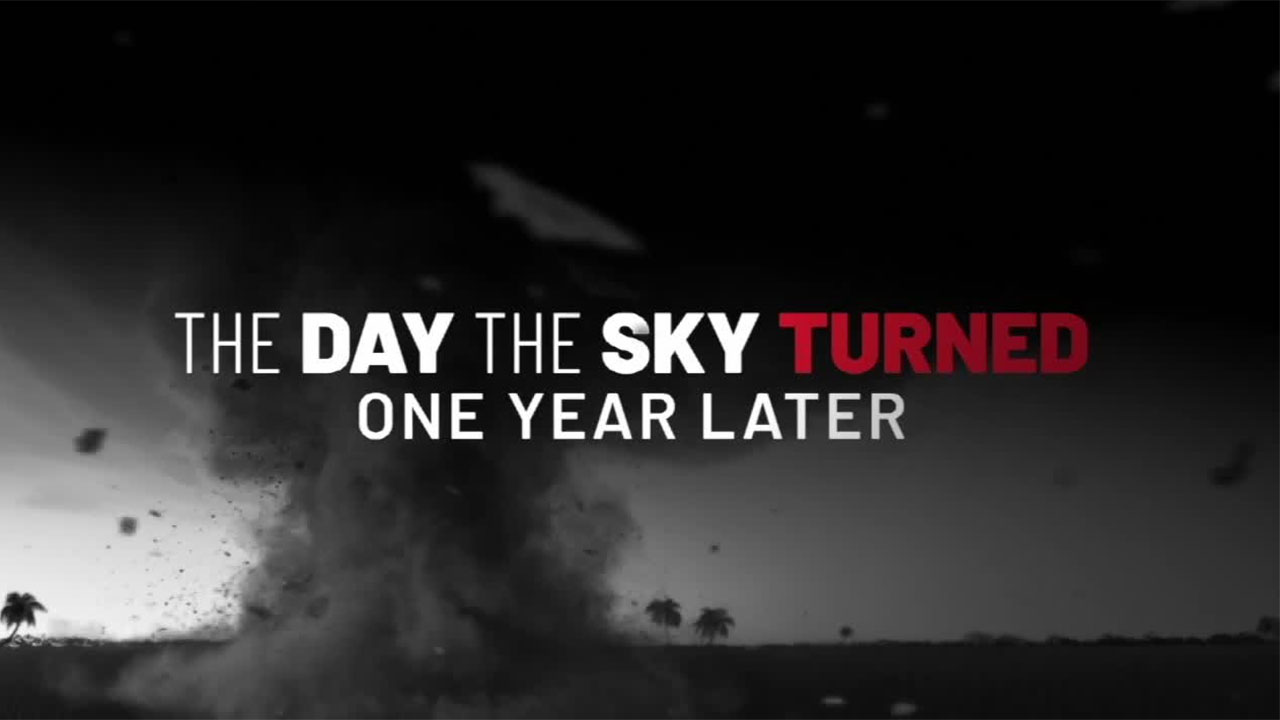ORLANDO, Fla. — First responders, elected officials, meteorologists and others from across the country attended the National Hurricane Conference in Orlando.
AccuWeather called this hurricane season forecast "explosive," telling WPTV's Kate Hussey the United States could see as many as 20 to 25 named storms, four to seven of which could be major hurricanes, and almost all of those are predicted to directly hit the U.S.
"The places we're most concerned about are the Texas coast, the Florida Panhandle and South Florida," AccuWeather meteorologist Alexander DaSilva said.
Dr. Phil Klotzbach, a senior researcher at Colorado State University, sat down with WPTV to discuss why this season could be so active.
"The tropical Atlantic continues to be at record warm temperatures this time of year," he said. "Warmer waters mean more fuel for these storms."
RELATED: WPTV Hurricane Guide

The other reason is La Niña — a weather pattern Klotzbach said brings less wind shears, which are critical for breaking up hurricanes.
"So potentially increasing impacts for Florida and the East Coast as well," he said.
However, what may be most concerning, he said, is the strong potential for rapidly intensifying hurricanes.
In 2022, Hurricane Ian went from a tropical storm with 45 mph winds to a Category 3 hurricane in two days. DaSilva said it was due to exceptionally warm waters.
"The water temperatures right now are where they should be mid-May," he said. "So, if those waters are that warm right now, just think about what they could be in the heart of the hurricane season."

It's a big concern for Florida Division of Emergency Management Director Kevin Guthrie, who remembers the scramble to issue evacuation orders when Hurricane Ian strengthened so quickly.
"We got to make sure emergency managers are ready and prepared to take what they would like to do in five days and compress that into two," he said. "And the one thing we agreed on is we have to tell people why."
Guthrie said explaining why you need to evacuate may be critical in convincing folks to move.
"We don't have to go hundreds of miles to evacuate if we can go even 10 miles inland to a hotel, a shelter, a friend's house, that's all we need to do," Guthrie said.

It's one of the reasons he said the conference was so important: increasing preparedness by learning from prior experiences and getting folks to start preparing now.
"But before they prepare, I want them to ask one fundamental question of themselves: 'Can I live without power for up to five days?' If the answer is yes, build a kit," Guthrie said. "If the answer is no, your evacuation plan is now your preparedness plan and make sure you know what your evacuation zone is — not your flood zone — your evacuation zone."
So, what are the chances this active forecast could change? Klotzbach said there's only a 1% chance of El Niño returning, which means there's an extremely high probability these predictions are accurate.
However, there's no reason to be scared, just be prepared.
Click here for information on how to prepare for a disaster.








